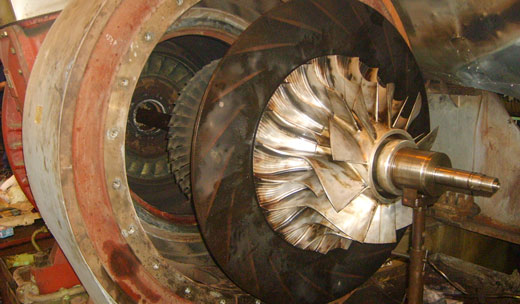
Bilge is the term used for water and oil that accumulate in the part of marine vessels called the bilge, due to leakage or carelessness. The bilge is the lower bottom of the ship that forms a wedge shape. This shape attracts liquids which accumulate there forming in to pools over time. It is illegal to pump this polluted liquid off board and is punishable/ finable as per marine regulations. Bilge happens due to different reasons but is mainly caused by leaks from the engine or other equipment on-board With this in mind, ship owners should keep their vessels well maintained to reduce bilge production and accumulation.
Prevention is better than cure and bilge water production on ships can be avoided by taking regular patrols and inspection of vulnerable area should be conducted to avoid unnecessary leakage. During engine servicing or any removal of oil an oil pan can be place under the cock to avoid spilling of the oil or fuel. In case of bilge accumulation it is necessary to follow some simple procedures to remove to bilge:
Soaking oily bilge– using special oil absorbing pads or pillows, oil products can be separated from the oil. Placing these pads on the bilge assures oil separation before pumping the bilge to storage tanks. They should be fastened in position to avoid them interfering with any equipment that may be nearby or blocking of the bilge pumps intake. The pads should be replaced with new on before they are full of oil. Oil content within the pad can be checked by the level the pad floats in the bilge. Oil soaked pads should than be moved to a holding cell to await later disposal.
Water bilge- after completely removing the oil bilge the bilge pump can be started and the remaining bilge pumped to store tanks. On completion of bilge pumping the contaminated area should be whipped dry using clean cloth. All equipment and places that were under bilge should be whipped clean.
Major oil bilge contamination– in this case of major contamination within the bilge area the vessel should be taken to a facility that specializes with bilge removal. These facilities have the equipment required removal of large amounts of bilge and also have bilge water treatment plants that can deal with huge amounts of polluted bilge.
Soap, detergents or bilge cleaner should not be used to try and treat bilge. They only disperse the oil particles to smaller parts making them invisible to the naked eye. These affect marine life which consume or inject it and continue passing the harmful toxins up the food chain. The only proven way of separation oil from water is by soaking it by means of absorbent materials.
Disposing of soaked pads– oil soaked pads should be disposed of at the local landfill. They should be placed in bags marked hazardous so they can be sent to the right section of the land fill. Oil products are combustible when exposed to some element like heat and oxygen. Formation of gases within the bags can cause explosion. This is the main reason for labeling. Many bilge treatment facilities dispose of the pads when required.
Disposing of bilge water- collected bilge water should be disposed of at bilge treatment facilities. It should NOT be pumped off board. At treatment facilities, the bilge water is passed through filter that separated most oil particles before the water is released.
These measures have been put in place through marine laws to safe guard marine animal and plants, and people who consume these marine products.
Referencine books:
- Environment management & cruise ships by Jens Kaulbars
- Froating technologies by L. K. Wang, N. K. Shammas and William. A. Selke.
Bilge Water Production on Ships,









